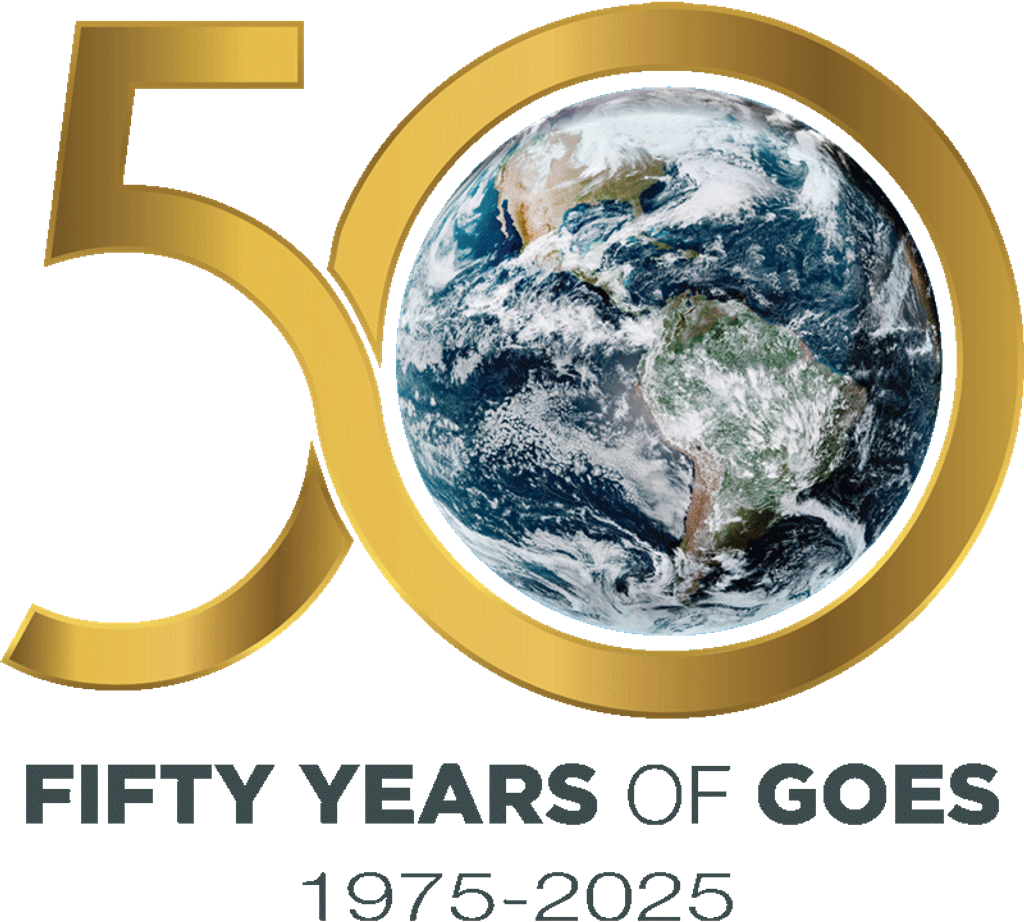1 min read
Hubble NICMOS Mosaic of the Galactic Center

This NASA Hubble Space Telescope infrared mosaic image represents the sharpest survey of the Galactic Center to date. It reveals a new population of massive stars and new details in complex structures in the hot ionized gas swirling around the central 300 x 115 light-years. This sweeping infrared panorama offers a nearby laboratory for how massive stars form and influence their environment in the often violent nuclear regions of other galaxies.
The infrared mosaic was taken with Hubble's Near Infrared Camera and Multi-Object Spectrometer (NICMOS). The Galactic core is obscured in visible light by intervening dust clouds, but infrared light penetrates the dust. The spatial resolution of this image corresponds to 0.025 light-years at the distance of the Galactic core of 26,000 light-years. Hubble reveals details in objects as small as 20 times the size of our own solar system.
The new NICMOS data show the glow from ionized hydrogen gas as well as a multitude of stars. NICMOS shows a large number of these massive stars distributed throughout the region. A new finding is that astronomers now see that the massive stars are not confined to one of the three known clusters of massive stars in the Galactic Center, known as the Central cluster, the Arches cluster, and the Quintuplet cluster. These three clusters are easily seen as tight concentrations of bright, massive stars in the NICMOS image. The distributed stars may have formed in isolation, or they may have originated in clusters that have been disrupted by strong gravitational tidal forces.
The winds and radiation from these stars form the complex structures seen in the core and in some cases they may be triggering new generations of stars. At upper left, large arcs of ionized gas are resolved into arrays of intriguingly organized linear filaments indicating a critical role of the influence of locally strong magnetic fields.
The lower left region shows pillars of gas sculpted by winds from hot massive stars in the Quintuplet cluster. At the center of the image, ionized gas surrounding the supermassive black hole at the center of the galaxy is confined to a bright spiral embedded within a circum-nuclear dusty inner-tube-shaped torus.
The false-color image was taken through a filter that reveals the glow of hot hydrogen in space.
The NICMOS mosaic required 144 Hubble orbits to make 2,304 science exposures. It was taken between February 22 and June 5, 2008.
About the Object
- R.A. PositionR.A. PositionRight ascension – analogous to longitude – is one component of an object's position.17h 45m 36.0s
- Dec. PositionDec. PositionDeclination – analogous to latitude – is one component of an object's position.-28° 55' 58.8"
- ConstellationConstellationOne of 88 recognized regions of the celestial sphere in which the object appears.Sagittarius
- DistanceDistanceThe physical distance from Earth to the astronomical object. Distances within our solar system are usually measured in Astronomical Units (AU). Distances between stars are usually measured in light-years. Interstellar distances can also be measured in parsecs.26,000 light-years (8 kiloparsecs)
About the Data
- Data DescriptionData DescriptionProposal: A description of the observations, their scientific justification, and the links to the data available in the science archive.
Science Team: The astronomers who planned the observations and analyzed the data. "PI" refers to the Principal Investigator.This image was composited from Hubble data from the HST proposal 11120: Q.D. Wang (University of Massachusetts, Amherst), S. Stolovy (Caltech), C. Lang (University of Iowa), A. Cotera (SETI Institute), M. Muno (Caltech), M. Morris (University of California, Los Angeles), D. Calzetti (University of Massachusetts, Amherst), S. Ramirez (Caltech), and G. Schneider (University of Arizona). - InstrumentInstrumentThe science instrument used to produce the data.HST>NICMOS
- Exposure DatesExposure DatesThe date(s) that the telescope made its observations and the total exposure time.February 22 - June 5, 2008
- Object NameObject NameA name or catalog number that astronomers use to identify an astronomical object.Galactic Center
- Object DescriptionObject DescriptionThe type of astronomical object.Center of the Milky Way Galaxy
- Release DateJanuary 5, 2009
- Science ReleaseHubble Views Galactic Core in Unprecedented New Detail
- Credit
Related Images & Videos

Hubble-Spitzer Color Mosaic of the Galactic Center
This composite color infrared image of the center of our Milky Way galaxy reveals a new population of massive stars and new details in complex structures in the hot ionized gas swirling around the central 300 light-years. This sweeping panorama is the sharpest infrared picture...

Center of Our Galaxy Revealed by Hubble and Spitzer Space Telescopes (Pan/Zoom)
Hubble Space Telescope's Near Infrared Camera and Multi-Object Spectrometer (NICMOS) joins forces with the Spitzer Space Telescope to peer deeper into the Milky Way's center. Hubble detected a new population of massive stars about 26,000 light-years away. Astronomers can use...
Share
Details
Claire Andreoli
NASA’s Goddard Space Flight Center
Greenbelt, Maryland
claire.andreoli@nasa.gov
































